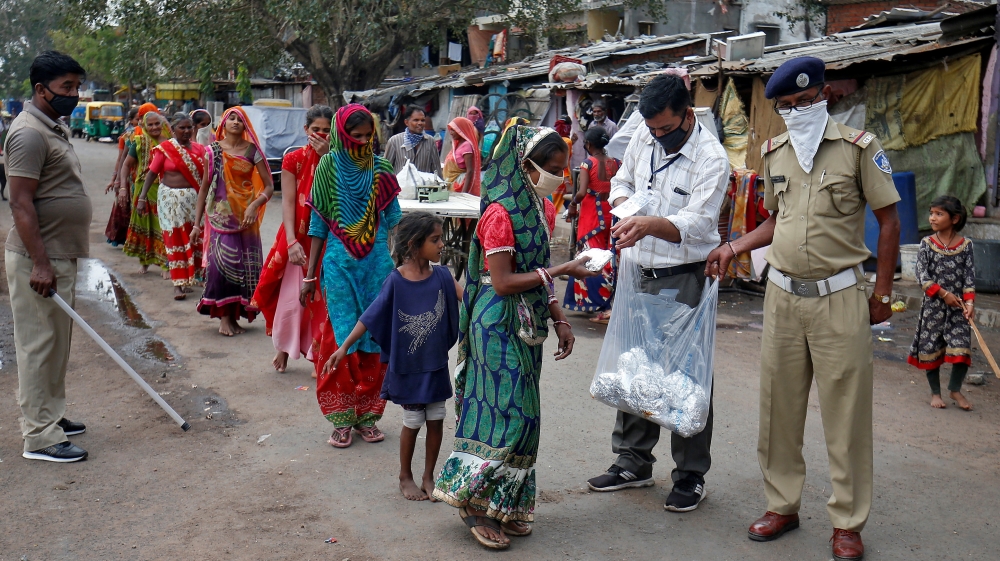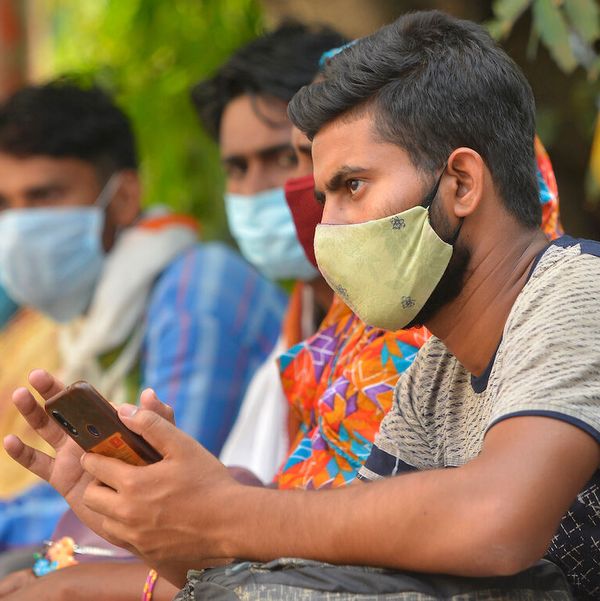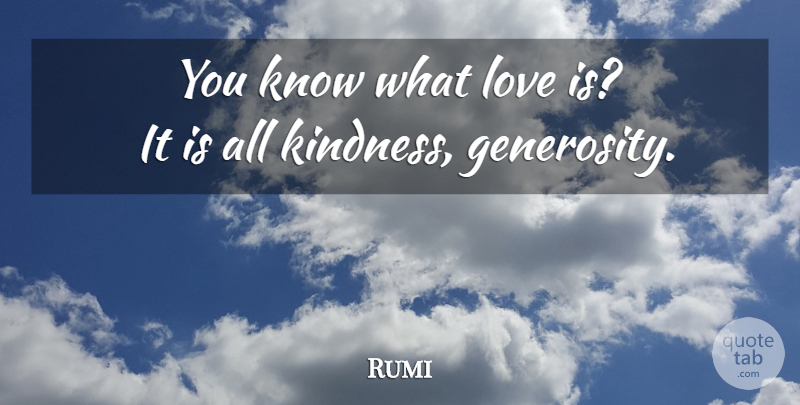Internet Photo
Many of us are aware that May 5th is a public holiday in Guyana to commemorate the arrival of the first shiploads of East Indians to what was then British Guiana. There were many ships that followed after that fateful year of 1838 and continued to 1917. Can you picture your great-great-great-grandmother or grandfather disembarking from the Hesperus or Whitby? They have finally arrived at their destination with high hopes of employment – “light work,” housing, and a better life than the one they left behind. This was what they were promised.
“The climate of Demerara is better adapted for the Indian cooly than that of his native country. It has not the extreme heat of India, nor is so cold. The country abounds with pure water, and fruits and tropical vegetables flourish to a degree almost unknown elsewhere. No interference is allowed with the religion of the emigrants, and both Hindoos and Mahomedans are protected in the free exercise of their respective creeds.” (Stabroek News Article – “An overview of Indian Indentureship in Guyana, 1838-1917.” Stabroek Market, Georgetown (Ronald Mitra Janki – Digital Artist)
This blog post is by no means intended to be a scholarly treatise on Indian indentureship. You have all probably heard time and again about the hard work, impoverished conditions, and brutality that our ancestors underwent on the sugar estates. When slavery was abolished, they were recruited, sometimes kidnapped, and transported to several countries so that the sugar industry would prosper for the British estate owners. British Guiana was one of those countries.
Over the years, East Indians fully came into their own in this colony. From penniless labourers, these “Gladstone coolies” rose to become prosperous in the many different fields of endeavour they put their hands to. While the contract was for five years when they arrived and they were offered free return passage to India, many of our ancestors made British Guiana (Guyana) their home.
Wooden House – Guyana (Ronald Mitra Janki – Digital Artist)
“Without the labor of the East Indian, the Colony would today have been little more than a mangrove swamp fringed with courida bush.” – Rev. J.B. Cropper (Centenary Celebration of the Arrival of Indians to British Guiana (1838-1938)
It’s been my personal experience and that of others I have spoken with that they have mixed emotions about Indian Arrival Day. Some people feel that our early ancestors were fooled by the recruiters in India and that their working lives were hard and the conditions under which they lived harsh. We can’t argue with the facts of history. They see no point to remembering such a day in any special way. They feel that the day when indentureship ceased is the day that should be designated for commemoration.
Others are happy and see beyond the hardships of our early ancestors to the resilience they showed in overcoming those circumstances. They feel great pride in their ancestors and what they have achieved over the years. Indian Arrival Day is a wonderful celebration where they remember the historical facts and can still rejoice in this day being one in which we celebrate overcoming servitude and hardship, progress, and adaptation of our ancestors to a new country and life. They see how the contributions of their ancestors made this colony what it is today.
“East Indian Ladies” (by Jean Janki Samaroo)
Irregardless of where your own sentiments lie around this commemoration or whether you know about it at all, India’s situation with regard to Covid-19 is at a crisis level. Yes – the land our ancestors hailed from. Whether you live in Guyana, Canada, the U.S.A. or some other part of the world, I have a feeling that our East Indian ancestors would be very happy if we helped in any way to relieve or alleviate the discomfort and pain of our brothers and sisters there. It would also be a fitting way to honour them for this year’s Indian Arrival Day.
The statistics below are from the internet and give some idea of how grim the situation there is.

India
Coronavirus Cases: 20,237,781
Deaths: 221,666
If you’ve watched the news or seen photos in newspapers, there’s a dire need for ventilators, medicine, hospital beds, and ambulances. Many people need food to eat and other basics. If you’re in a situation that is more fortunate than theirs, maybe you can find it in your heart to help. Nobody will know whether you’ve given or not. Only you will know and there will be a ripple effect when you share. You will feel good and the recipient at the other end may breathe easier, have a full stomach, and if they’re dying, they may live. That sounds like something to be excited about.
Internet Photo
Here’s a list of some places where you will be able to make a donation – anything would help. Some are in the United States and others are in Canada. These come straight off of internet articles listing places to contact in order to offer help for India’s Covid crisis. If you can’t give, maybe you can share this post with someone you know who may be able to. Maybe a group of friends can join together and make a donation. “Learn to light a candle in the darkest moments of someone’s life. Be the light that helps others see; it is what gives life its deepest significance.”
―
UNICEF is rushing staff and supplies like critical oxygen concentrators, PPE kits, and diagnostic testing systems to help stop the spread of COVID-19 and support India’s front-line health-care workers.
The Indian Red Cross responds to disasters like the current coronavirus outbreak by delivering emergency medical supplies and providing emergency services across the country.
Seva Kitchen
An established community group feeding the hungry in India, Seva Kitchen is accepting donations to cover the costs of feeding scores more now that daily wage earners are living under lockdown, forced to stay within their homes and unable to make an income.
This U.S.-based global health nonprofit is working with local partners to provide PPE and critically needed medical equipment to help front-line health-care workers fight the spread of COVID-19.
The Canadian Red Cross is accepting donations that will go to support the Indian Red Cross in assisting affected communities. Donate here
Islamic Relief Canada
With UNICEF, Islamic Relief Canada is collecting funds to donate oxygen and vaccines to those in need during the COVID crisis in India. Donate here.
IndiaO2.org
A volunteer team of tech CEOs from Canada and U.S. have come together to raise money for oxygen concentrators to send to India. Donate here.

Photo Collage by Jean Janki Samaroo
As humans, we are social creatures and need each other. During this past year, many people have been in lockdown and felt the pangs of loneliness and isolation. However, during this time, there has also been an unprecedented outflow of goodwill, cooperativeness, compassion, and altruism towards others. We’ve come to know through this crisis how interconnected we really are.
Though India is geographically far away from us, they need our help right now. Let’s honour the memory of our Indian ancestors by opening our hearts and our pockets for Indian Arrival Day, May 5th.




